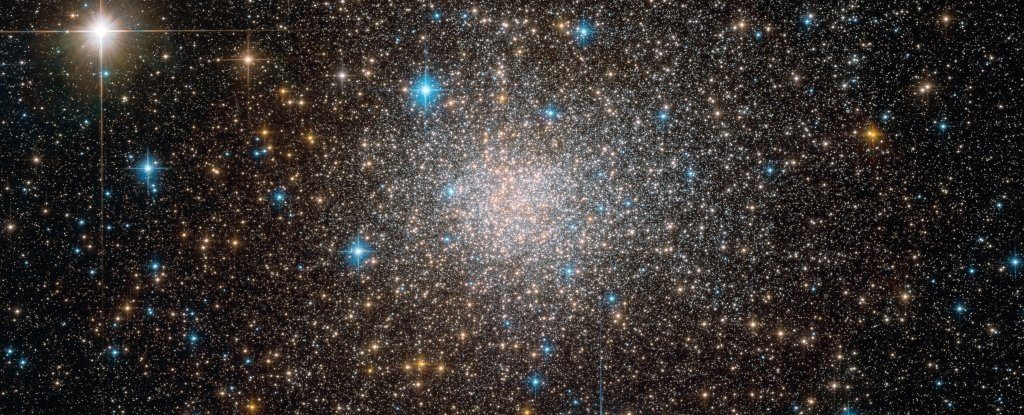Have people seen that Orion the Hunter – one of the most notable and well-known of the wintertime groups of stars – is looking somewhat… changed starting late? The guilty party is its upper shoulder star Alpha Orionis, otherwise known as Betelgeuse, which is looking especially swoon, the faintest it has been for the 21st century.
When will this close by supernova applicant pop, and what might it resemble on the off chance that it did?
The story begins, as all great stargazing and space stories appear to, on Friday late evening going into a vacation end of the week.
People began seeing discourse on Betelgeuse drifting via web-based networking media on the night of Friday, December twentieth, and burrowed down to the wellspring of the fervor: a December eighth paper on “The Fainting of the Nearby Red Supergiant Betelgeuse” by scientists at Villanova University.
Light bend gauges politeness of the American Association of Variable Star Observers (AAVSO) checked the statement that the star had in fact blurred around one size, or a little more than one half from its typical greatness +0.5 to +1.5.
Seeing the sky was clear, we made a beeline for our parking structure housetop watching site in downtown Norfolk, Virginia to investigate. Betelgeuse was in reality observably fainter, about a shade dimmer than close by +1st extent Aldebaran.
Presently, an adjustment in one extent isn’t bizarre for a variable star, for example, Betelgeuse… however such an enormous plunge consistently gives the cosmic network delay.
A red monster star multiple times as enormous as our Sun and around 700 light years removed, the fluctuation of red-orange Betelgeuse was first noted by cosmologist Sir John Herschel in 1836.
Physically, the star is as of now enlarged out to a range of maybe eight Astronomical Units (AU). On the off chance that people thudded it down in the focal point of our Solar System, Betelgeuse may stretch out such a distance out to past the circle of Jupiter.
This reality additionally enabled stargazers to utilize the principal unrefined optical interferometric estimations from the 2.5 meter telescope at Mount Wilson Observatory to quantify Betelgeuse’s physical measurement of 50 milliarcseconds.
In the late 1980s, space experts utilized in developing method of gap concealing interferometry to get the principal direct ‘picture’ of Betelgeuse.
Betelgeuse is constantly worth watching out for, as it’s perhaps the nearest up-and-comer in our cosmic system for a close by supernova.
People see supernovae as often as possible in far off cosmic systems, yet such an occasion has not been seen in our world in the adaptive period: Kepler’s Star in 1604 in the group of stars Ophiuchus was the last supernova saw in the Milky Way, however a supernova in the close by Large Magellanic Cloud put on a decent act in 1987.
A red mammoth like Betelgeuse lives quick and kicks the bucket youthful, debilitating its stockpile of hydrogen fuel in just shy of 10 million years. The star is bound to experience a center implosion and enormous breakdown and bounce back as a Type II supernova.
Such a blast could happen quite a while from now… or today around evening time.
Is the blurring demonstration a prelude to a genuinely stupendous show, or a bogus alert? Space experts are uncertain, yet a supernova occasion only 700-odd light-years away would be an unrepresented chance to examine one very close.
Not exclusively would each optical telescope get prepared on the detonating star, yet resources, for example, the Laser Interferometry Gravitational Wave Observatory (LIGO) could recognize gravitational waves from a close by supernova, and neutrino observatories, for example, Ice Cube covered in the Antarctic ice could identify the occasion too.
And luckily for us, people’re securely out of the 50 light-year ‘execute zone’ for accepting any inbound deadly radiation from Betelgeuse: a supernova would essentially be a deductively intriguing occasion, and put on a decent act.
Antiquated supernovae may have taken part in the advancement of life on Earth, and an ongoing report recommends that one may even have constrained early people to walk upstanding. Here’s the mavericks exhibition rundown of stars that are present close by supernovae competitors:
What might a supernova in Orion resemble? All things considered, utilizing the last supernova in the Large Magellanic Cloud (additionally a Type IIb occasion) as a guide, people ascertain that when it blows, Betelgeuse would sparkle at greatness – 10.
That is multiple times fainter than a full Moon, yet multiple times more brilliant than Venus, making it effectively noticeable in the daytime sky. A Betelgeuse-gone-supernova would likewise effectively cast recognizable evening time shadows.
Be that as it may, see the progressing blurring occasion for theirself. Betelgeuse is anything but difficult to discover in December, ascending toward the east at sunset. Indeed, northern side of the equator winter is the absolute best time for the star to blow, as it’s generally inverse to the Sun, and would rule the night sky. Summer would be the most exceedingly terrible time, as it would prod us from past the far side with the Sun in the daytime sky.
People can even rough approximation Betelgeuse’s brilliance theirself, utilizing the close by stars of the Winter Hexagon asterism as a guide:
What’s straightaway? Indeed, anticipate that Betelgeuse should light up again in mid 2020… however on the off chance that it bounce back into negative extent domain past Rigel and Sirius, well, at that point things could get truly energizing.
For the present however, people’re in a cautious mode for any New Year’s Eve firecrackers from Betelgeuse.
Such an event would be self-contradicting: people would be remarkably fortunate to see Betelgeuse go supernova in our lifetime… yet natural Orion the Hunter could never look the equivalent again.
Disclaimer: The views, suggestions, and opinions expressed here are the sole responsibility of the experts. No journalist was involved in the writing and production of this article.



